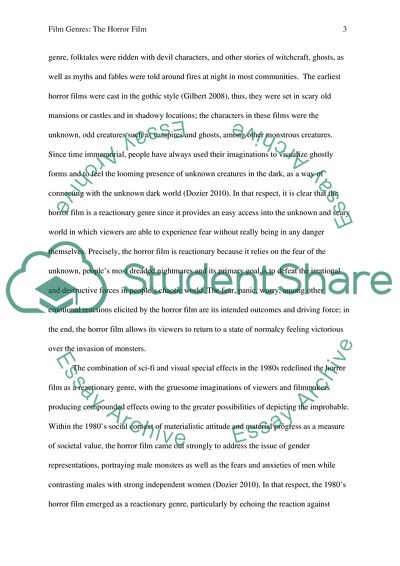Cite this document
(The Genre of Horror Coursework Example | Topics and Well Written Essays - 2000 words, n.d.)
The Genre of Horror Coursework Example | Topics and Well Written Essays - 2000 words. https://studentshare.org/visual-arts-film-studies/1840459-film-genres
The Genre of Horror Coursework Example | Topics and Well Written Essays - 2000 words. https://studentshare.org/visual-arts-film-studies/1840459-film-genres
(The Genre of Horror Coursework Example | Topics and Well Written Essays - 2000 Words)
The Genre of Horror Coursework Example | Topics and Well Written Essays - 2000 Words. https://studentshare.org/visual-arts-film-studies/1840459-film-genres.
The Genre of Horror Coursework Example | Topics and Well Written Essays - 2000 Words. https://studentshare.org/visual-arts-film-studies/1840459-film-genres.
“The Genre of Horror Coursework Example | Topics and Well Written Essays - 2000 Words”. https://studentshare.org/visual-arts-film-studies/1840459-film-genres.


